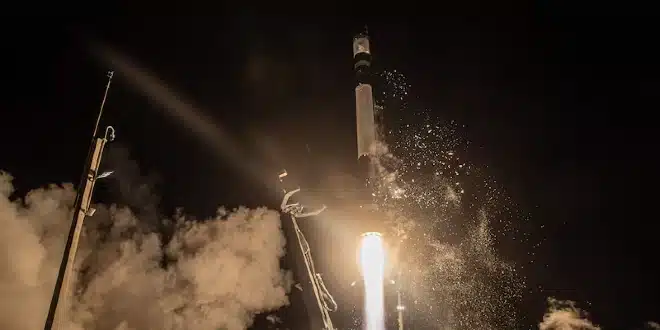Astroscale Japan announced on Monday the launch of a pioneering mission aimed at addressing the escalating issue of space debris orbiting Earth. The initiative, known as the Active Debris Removal by Astroscale-Japan (ADRAS-J), focuses on approaching, inspecting, and potentially clearing away remnants of space activities, starting with a defunct H2A rocket part launched by the Japan Aerospace Exploration Agency (JAXA) in 2009. This rocket piece, roughly the size of a bus, has been adrift in space for nearly 15 years, with its exact orbit and position unknown.
Embarking from New Zealand, the ADRAS-J spacecraft has established communication and is set to commence its mission, as stated by project leader Eijiro Atarashi. The spacecraft aims to pinpoint the rocket’s location using data from Earth-based observations and will cautiously approach to capture images and evaluate the object’s state and trajectory.
Astroscale’s mission is distinguished as the first of its kind, selected by JAXA to tackle the removal of large-scale space debris from Japanese space activities, in partnership with the private sector.
The European Space Agency (ESA) estimates the presence of about one million pieces of debris larger than one centimeter orbiting Earth, posing significant risks to operational spacecraft.
The accumulation of space debris, consisting of defunct satellites and rocket fragments, has raised concerns since the dawn of space exploration. Among the proposed remedies are deploying lasers to alter debris orbits and employing Astroscale’s innovative “space tow-truck” method, which uses magnets to capture and relocate inactive satellites.
This debris removal mission aligns with Japan’s recent advancements in space exploration, including the successful launch of the new H3 rocket and the achievement of an unmanned lunar probe landing, positioning Japan among a select group of countries that have executed a soft landing on the Moon.


